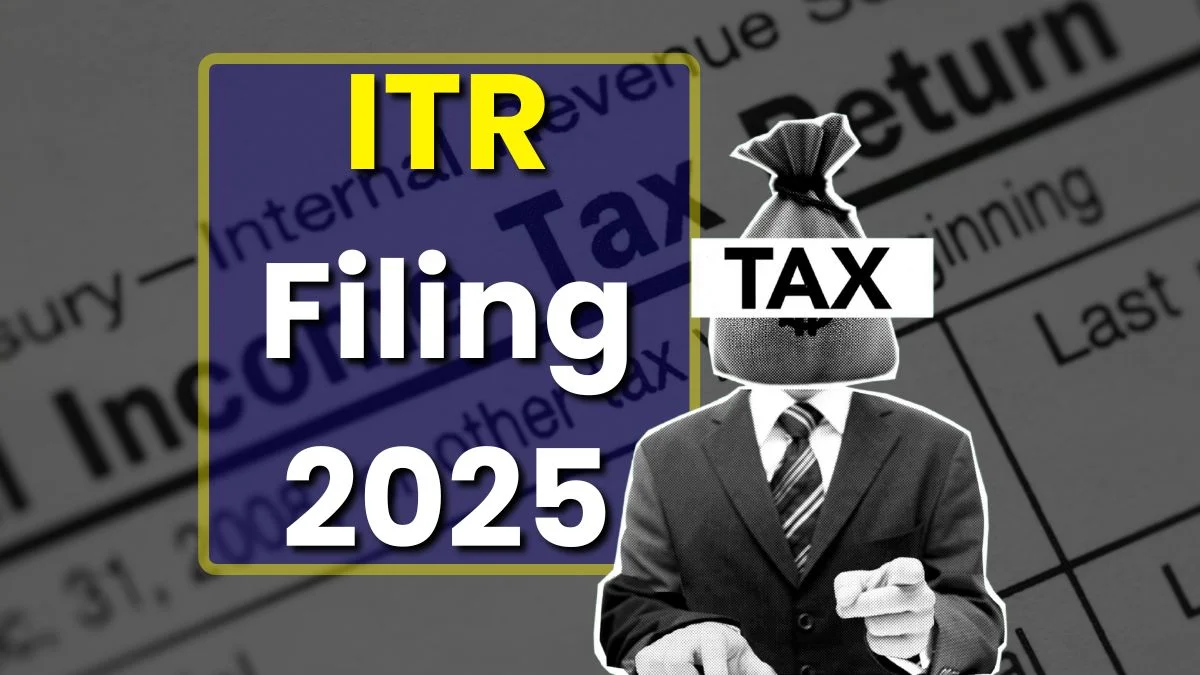ITR Filing 2025: The new financial year has arrived, bringing with it the annual responsibility of filing your Income Tax Return (ITR) for Assessment Year 2025-26. Most taxpayers need to complete this process by July 31, 2025. While the deadline might seem distant, beginning your preparations early can save you from last-minute stress and potential penalties. Gathering all necessary documents in advance ensures a smooth, error-free filing experience. Even missing a single important document could lead to delays, errors, or fines. This comprehensive guide outlines all the essential documents you’ll need for your ITR filing.
Identification Documents: The Foundation
Your Permanent Account Number (PAN) serves as the primary identification for tax purposes and is mandatory for filing an ITR. In recent years, linking your PAN with your Aadhaar card has become a requirement for verification purposes. Before beginning the filing process, ensure that both documents are updated and properly linked to avoid rejection of your return. These identification documents form the foundation of your tax filing, so their accuracy is crucial.
Form 16: The Salary Statement
For salaried individuals, Form 16 is perhaps the most important document for ITR filing. Provided by your employer, this certificate contains comprehensive details of your salary and the Tax Deducted at Source (TDS). It’s divided into two parts: Part A, which covers TDS details, and Part B, which provides a breakdown of your salary components. Your employer should provide Form 16 by June 15, 2025, so mark your calendar to request it around this time if you haven’t received it automatically.
Tax Credit Statements: Verification Tools
Form 26AS and the Annual Information Statement (AIS) are essential verification tools. Form 26AS is your tax credit statement, detailing TDS, advance tax payments, and high-value transactions. The AIS provides a comprehensive summary of your income from various sources including salary, interest, dividends, and stock market transactions. It’s advisable to cross-check these forms with your personal records to identify and rectify any discrepancies before filing your return.
Banking and Interest Information
Accurate bank account details are crucial, especially if you’re expecting a tax refund. Collect information such as IFSC codes and account numbers for all your active bank accounts. Additionally, gather statements or certificates showing interest earned from savings accounts, fixed deposits, and recurring deposits. This interest income needs to be reported under the “Income from Other Sources” category on your tax return.
Investment Proofs for Tax Deductions
To claim deductions and reduce your taxable income, you’ll need proper documentation of eligible investments and expenses. These include life insurance premium receipts, Public Provident Fund (PPF) statements, Equity-Linked Savings Scheme (ELSS) investment proofs, receipts for children’s tuition fees, home loan repayment certificates, and health insurance premium receipts. These documents support your claims under various sections like 80C and 80D of the Income Tax Act.
Property and Home Loan Documents
If you own property or have a home loan, you’ll need specific documents for your ITR. For homeowners with loans, an interest certificate from your bank is essential. Those claiming House Rent Allowance (HRA) should keep rent receipts or rental agreements ready for verification if required by tax authorities. These documents help you claim appropriate deductions related to housing expenses.
Capital Gains and Additional Income Records
Investors who have sold stocks, mutual funds, or property during the financial year need documentation of these transactions. Keep records of purchase and sale agreements, brokerage statements, and capital gains calculations. Freelancers and business owners should maintain profit and loss statements, GST returns (if registered), and receipts for business expenses. If you have foreign income or assets, those need to be declared with appropriate supporting documentation.
Tax Payment Receipts
Finally, if you’ve made advance tax payments or self-assessment tax payments throughout the year, keep those payment receipts handy. These will be crucial for claiming credit for taxes already paid and avoiding double taxation.
When to Begin Filing
The Central Board of Direct Taxes typically releases new ITR forms in April, with the e-filing portal opening shortly thereafter. However, most salaried individuals wait until June to file their returns, as Form 16 is usually issued by June 15. Planning ahead and organizing your documents early will give you ample time to address any issues that might arise during the filing process.



